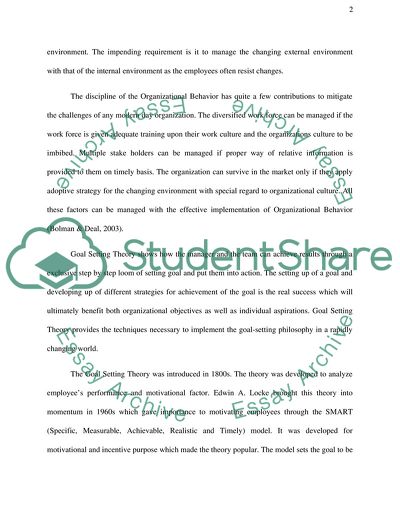Cite this document
(The Discipline of the Organizational Behavior Case Study, n.d.)
The Discipline of the Organizational Behavior Case Study. Retrieved from https://studentshare.org/human-resources/1739628-organisational-behaviour
The Discipline of the Organizational Behavior Case Study. Retrieved from https://studentshare.org/human-resources/1739628-organisational-behaviour
(The Discipline of the Organizational Behavior Case Study)
The Discipline of the Organizational Behavior Case Study. https://studentshare.org/human-resources/1739628-organisational-behaviour.
The Discipline of the Organizational Behavior Case Study. https://studentshare.org/human-resources/1739628-organisational-behaviour.
“The Discipline of the Organizational Behavior Case Study”. https://studentshare.org/human-resources/1739628-organisational-behaviour.


